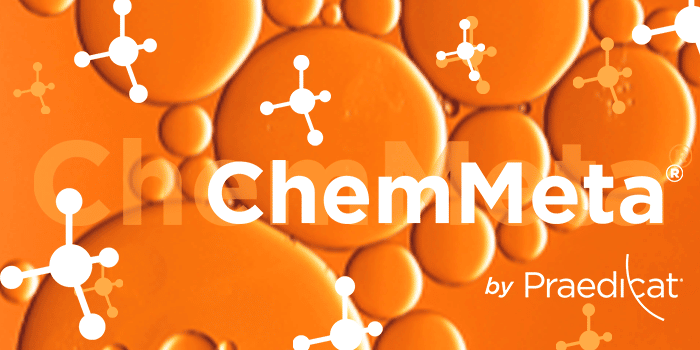As many of you who follow us may know, Praedicat was incubated within the RAND Corporation prior to its launch in 2012. RAND is the world’s largest non-profit think tank whose mission is to bring the best available information to public policy decision making. So, when we hatched the idea that would one day become Praedicat, it was imperative that we explain how it would serve the public interest.
It goes without saying that society benefits enormously from technological innovation, but innovation sometimes carries significant costs that are not fully understood at first. Indeed, it can be decades before the human health and environmental impacts of innovative technologies are known. What if we could scale the process by which we identify risks emerging from innovation and then monitor how experts view those risks over time? Wouldn’t access to such data lead to better decision making both at the time of innovation and as innovative technologies become assimilated into daily life?
Fortunately for us, RAND answered in the affirmative. And today, I am thrilled to be part of the talented group of bioscientists, social scientists, data scientists, and software engineers who earlier this month put Praedicat’s third product, ChemMeta, into commercial release.
ChemMeta is science-based business intelligence for product stewardship. Product stewardship is on the front lines of society’s efforts to balance innovation and risk. By evaluating risk at every stage of the product life cycle – from R&D, to manufacturing, end use, and disposal – product stewardship seeks to bring the best available data and analytics to inform that difficult balancing act.
Product stewardship, though, operates within a highly dynamic environment. A large chemical company or downstream user of chemicals can produce hundreds of chemicals and derivative products used in a wide-range of occupational and consumer settings. This company is constantly innovating and, at the same time, scientists across the globe are investigating how their innovations are affecting human health and the environment. Meanwhile regulators, environmentalists, industry groups, and the general public are digesting this information and forming opinions that can make or break a given product.
And it’s not just the pace and sheer volume of innovation and scientific understanding that challenges product stewardship, it’s the difficulty of synthesizing often conflicting evidence that emerges over many years in studies of varied design. The toxicological literature addressing a single chemical and biological harm can consist of hundreds, if not thousands of in vitro, animal, and human studies published over decades with the earliest studies being just as important to our understanding as the most recent studies.
We built ChemMeta with product stewardship’s dual challenges of scale and contextualization front of mind. For any chemical, ChemMeta can produce a simple summary score describing the extent to which the scientific community accepts the hypothesis that the chemical causes bodily injury. The score is produced algorithmically and so is free of the usual biases that can color the view of a single analyst or even group of analysts charged with evaluating a given literature. Moreover, our algorithm – we call it the General Acceptance score – can be run at any time employing artificial intelligence to ingest the results of the most recently published science. With time-series data for thousands of hypotheses, ChemMeta also forecasts how scientific opinion is likely to evolve in coming years.
We’ve often heard product stewardship professionals speak of their need to “look around the corner” so that they can make better-informed product decisions earlier. In our view, looking around the corner means bringing unbiased scientific information forward in time at scale. ChemMeta does just that.
For a demo, come visit us at www.praedicat.com. We can’t wait to show you the next big thing in product stewardship.

